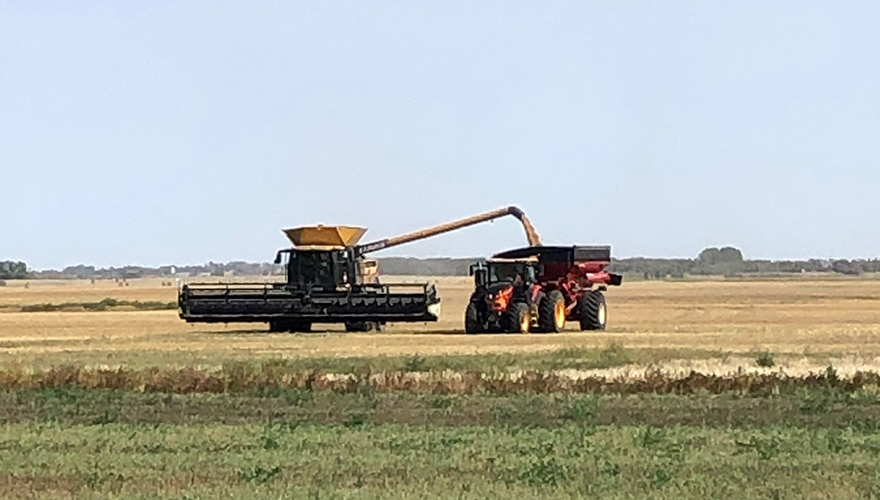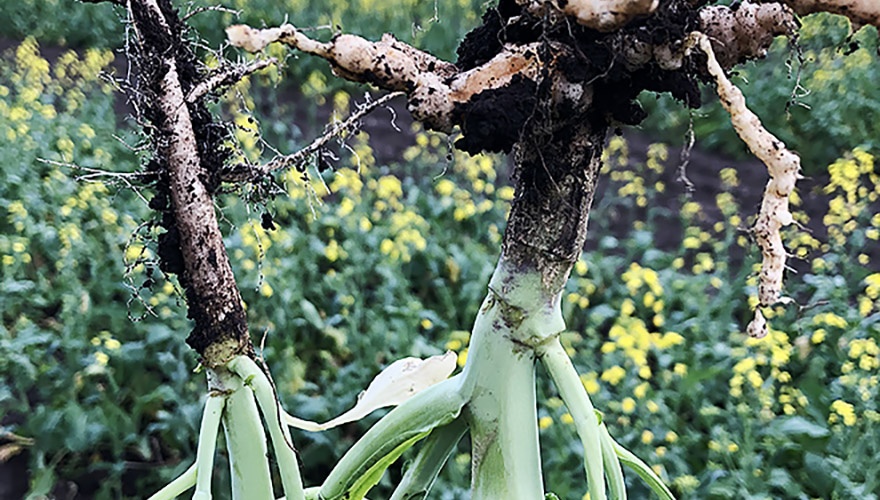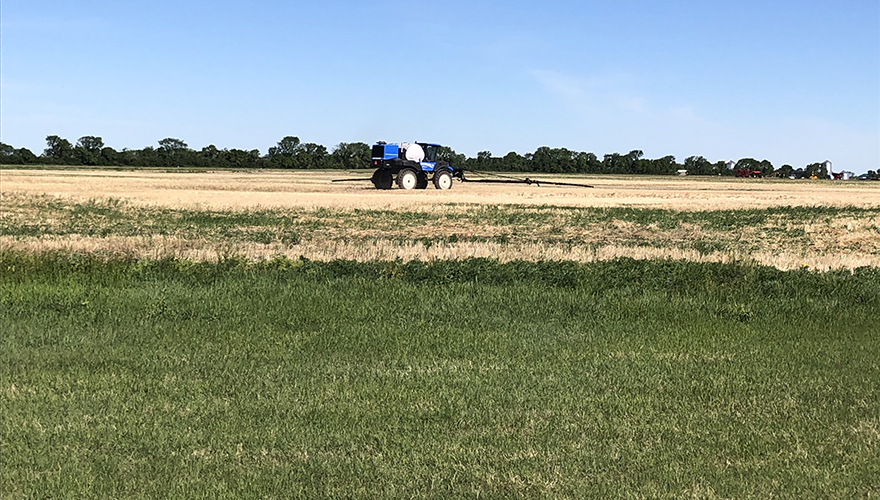Posted August 22, 2018 | By: Norm Flore
GRAINEWS Q&A
Q: Straight cutting canola – what should I know before attempting this practice?
A: Many growers have successfully adopted this practice and it’s a viable alternative to the conventional approach of swathing and combining.
As a standing canola crop reaches maturity the risk of pod shatter and/or pod drop is a key impediment to straight cutting. However, the introduction of varieties with pod shatter reduction traits has eased this concern. Growers attempting this practice for the first time should strongly consider selecting a pod shatter reduction variety. After that, growing the crop is no different up to the point of harvest management.
As the crop approaches maturity, terminating growth with a pre-harvest herbicide application is strongly recommended. Spraying is essentially the replacement for swathing. This will allow the crop to dry down uniformly. If the crop is not terminated, later maturing plants or patches will delay combining. The selection of the product used to terminate crop growth will depend on the herbicide tolerant canola system. Glyphosate can be used in LibertyLink® and Clearfield® canola. Apply it at about the same time as swathing. Glyphosate works slow and can take three to four weeks before attempting to combine.
Desiccant-type products such as Heat® or Reglone® (Stage)® are faster acting but provide minimal pre-harvest perennial weed management benefits. In the case of Roundup Ready canola the desiccant type products are the only option. Talk to your retail about various chemical options that can be used as harvest management aids when attempting to straight cut canola.
A final note, when assessing the crop for combining, the physical appearance of the plants is not always a good indicator of seed moisture content. In many cases, growers have found seed moisture content to be much less than expected based on plant colour change.
FEATURED LINKS
NEWSLETTER
Want to stay caught up in all things agriculture? Sign up for the newsletter and get all the latest news straight to your inbox.
Tips Winter Grazing Beef Cattle Corn
Posted September 28, 2018





